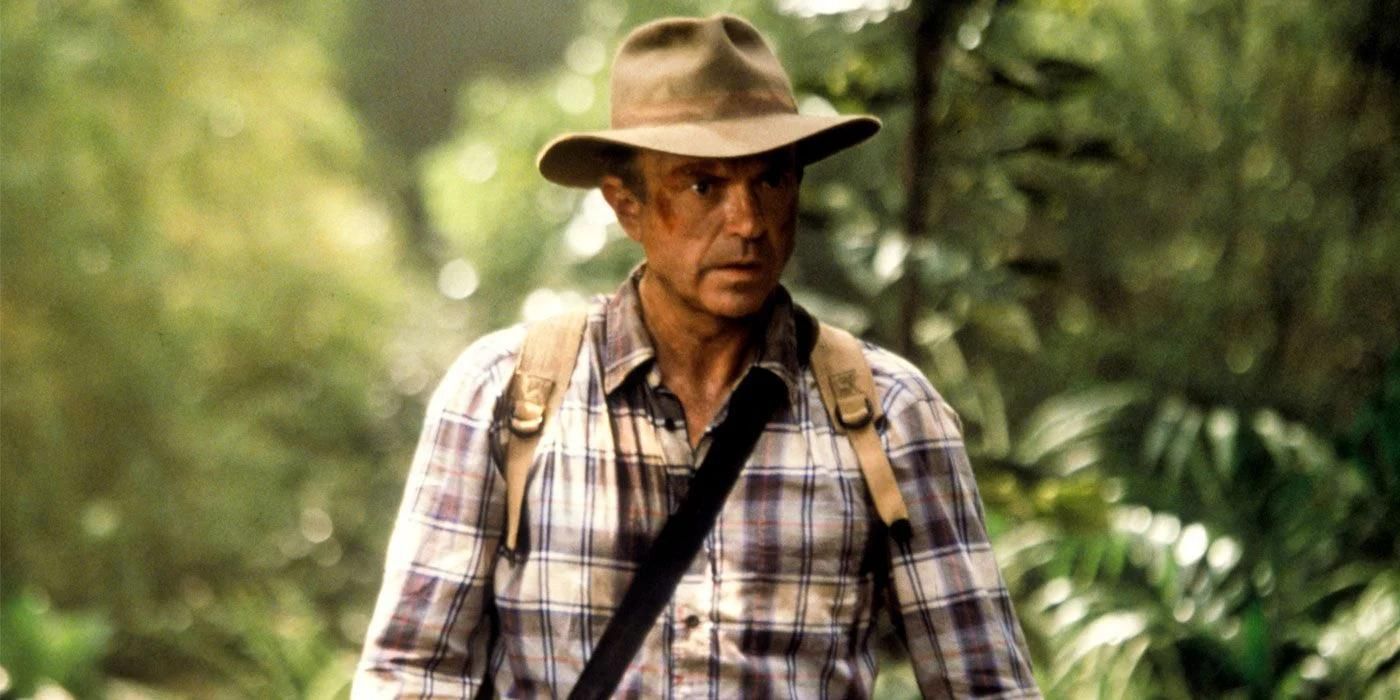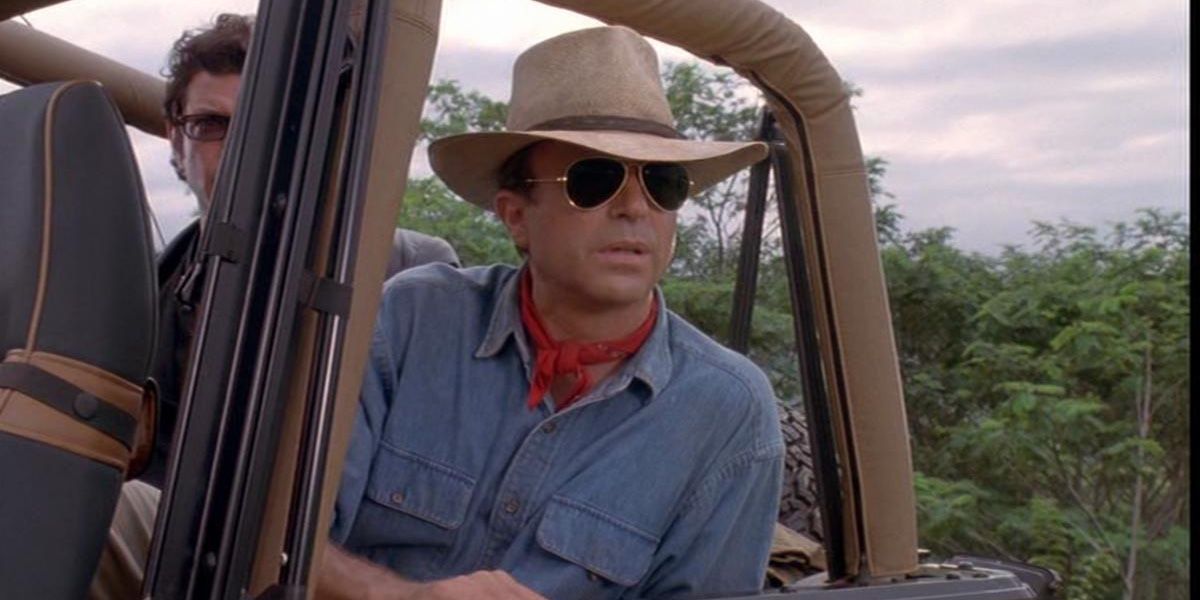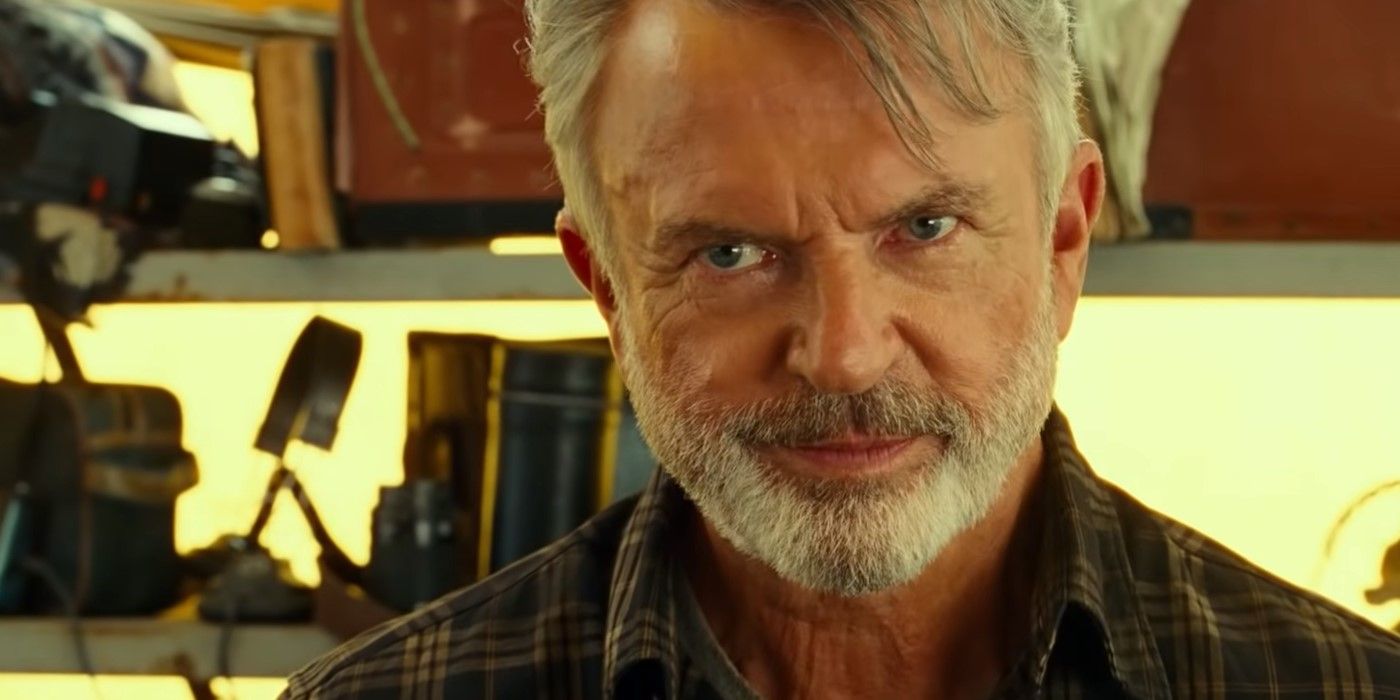Dr. Alan Grant was made famous in the Jurassic Park franchise, and he represents the whole profession of paleontology in film. The character was played by Sam Neill and became iconic, leading many to wonder if he was rooted in any real-life person. It turns out Dr. Grant was inspired by an actual paleontologist, and it traces back as far as the first novel.
It all started when Michael Crichton wrote a story about a graduate student who engineers a dinosaur from fossil remains. The author recalled being obsessed with those giant lizards since childhood, to the point of buying dinosaur stuffed toys for his newborn daughter. The story eventually became a screenplay but first evolved into a novel, which took a lot of inspiration from how fast genetic research was happening at the time. But he also needed to get to know much more about paleontology in order to have a well-structured story and characters. So he turned to Jack Horner.
"In Jurassic Park, I think it's true that all the characters are based even loosely on real people," Crichton said in the film commentary Beyond Jurassic Park. The author based his Dr. Alan Grant on real-life paleontologist Jack Horner, who became an advisor in the writing of Jurassic Park as well as on the production of Steven Spielberg’s film version and a few subsequent installments. Horner is a Montana State University paleontologist who is fascinated with dinosaurs and how they gave rise to birds, even if they may have been reptiles.
Horner’s fascination was transported to the page and then to the screen, where Dr. Grant also theorizes that dinosaurs eventually evolved into modern-day birds. But unlike in the novel, where Grant represents a father-like figure, in the first Jurassic Park film, he dislikes children. That trait is later put to the test when he and John Hammond’s grandchildren are left to survive the dinosaurs of the park. The character made a comeback in Jurassic Park III, where after his experience in Isla Nublar, he becomes a sort of arrogant, sarcastic figure. In the latest installment, Jurassic World Dominion, he is reunited with fellow original cast members Laura Dern as Dr. Ellie Sattler and Jeff Goldblum as Dr. Ian Malcom.
Dr. Grant is also defined by his fedora hat. In Jurassic Park, both at the dig site and on the island, Dr. Grant is seen either wearing or handling his hat until it is blown away from his head by the first encounter with the T-Rex. In Jurassic Park III, the hat becomes a source of humor when survivor Billy, played by Alessandro Nivola, retrieves Alan’s hat after being saved. "Well, that's the important thing," Alan says jokingly. In Dominion, during the escape from the caves, he also needs to save his hat from an angry group of Dimetrodons.
But the hat was never an accidental object; it refers to the profession while, at the same time, delivering a certain charm to the character. "They can be something of a signature or talisman…" said Horner when asked about the importance of the hat to a paleontologist. "Excavations are never, ever done in the shade. Where there is erosion and exposure, there is inevitable sun, and a hat, which is absolutely necessary, can gather memories and significance."
Crichton’s screenplay went around the novel treatment to become a screenplay again. And thankfully so, because his research gave audiences Dr. Grant, who expanded his appearances in three of the franchise’s movies.
To see how Dr. Grant figures into the last installment, Jurassic World Dominion is in theaters.



